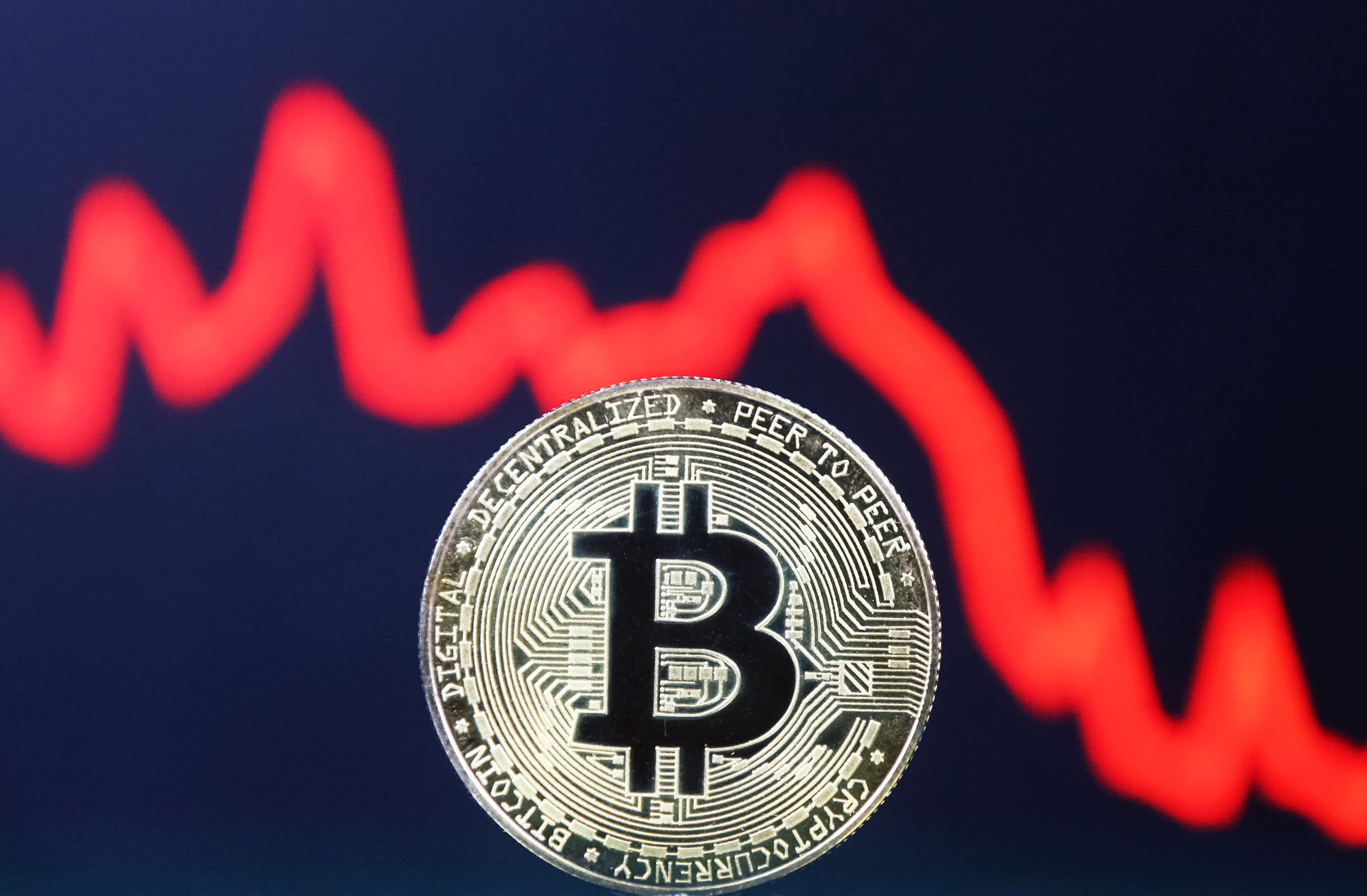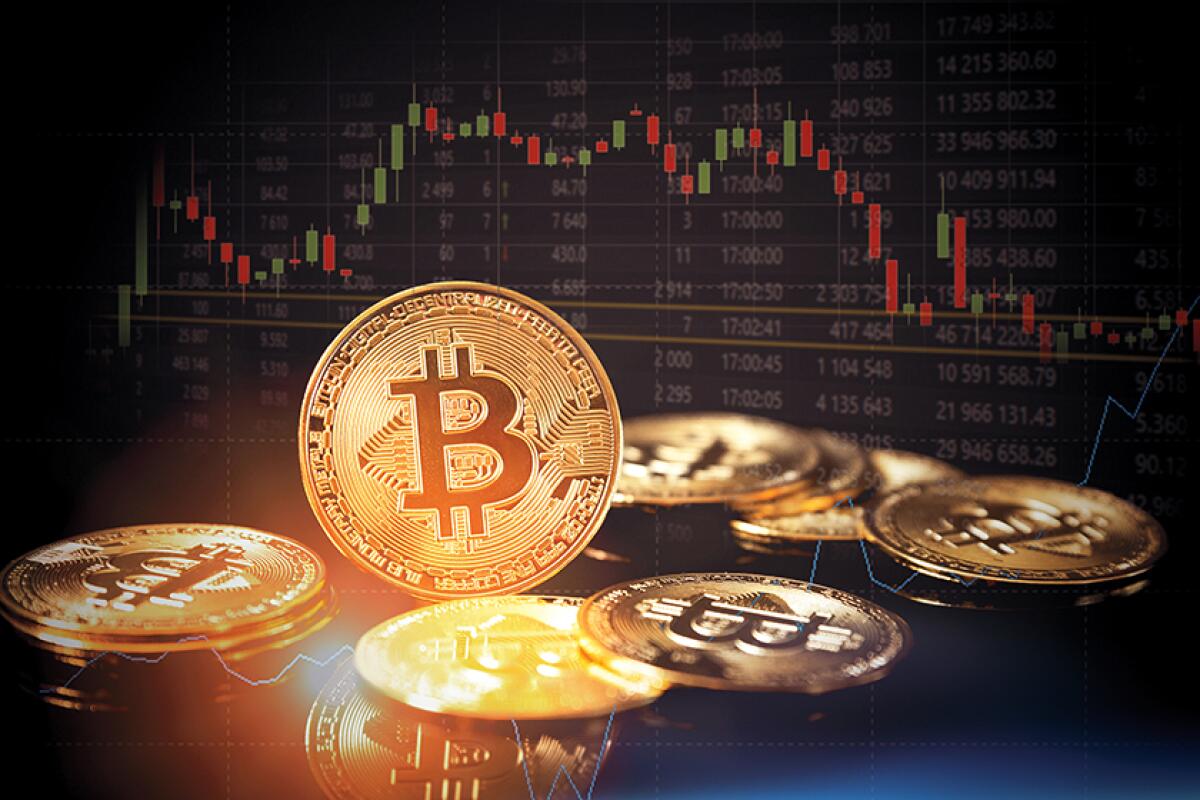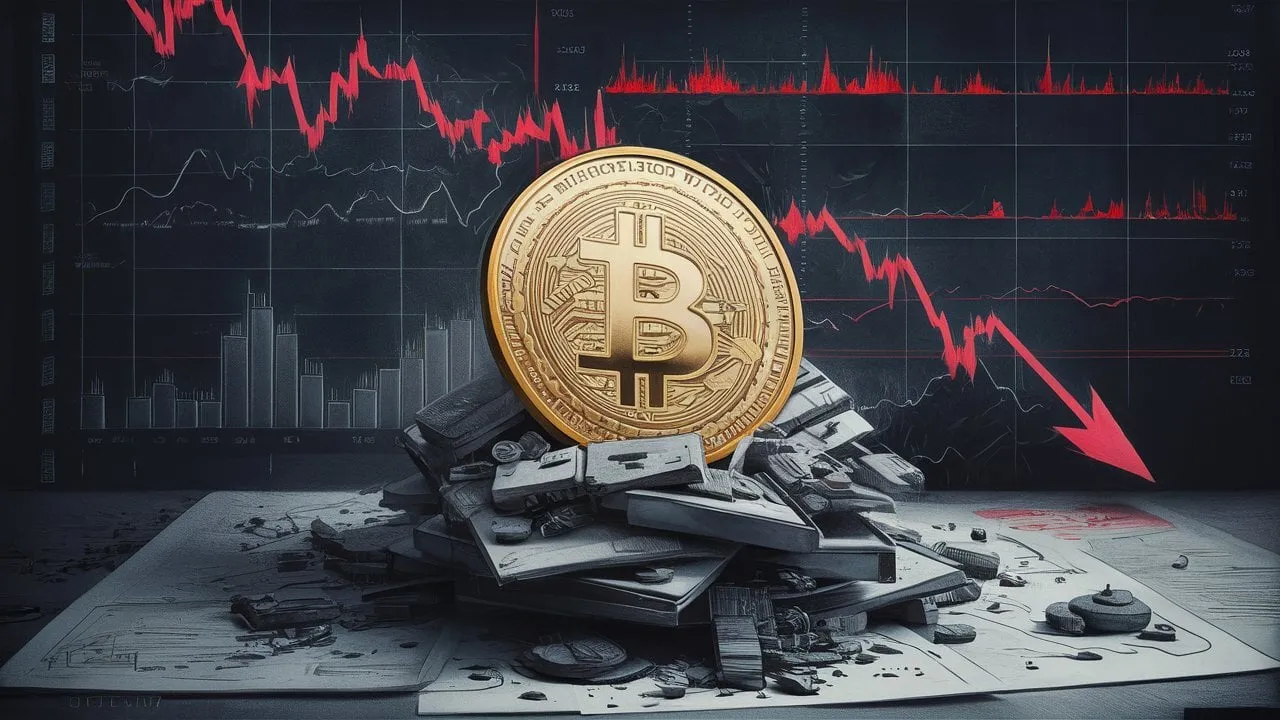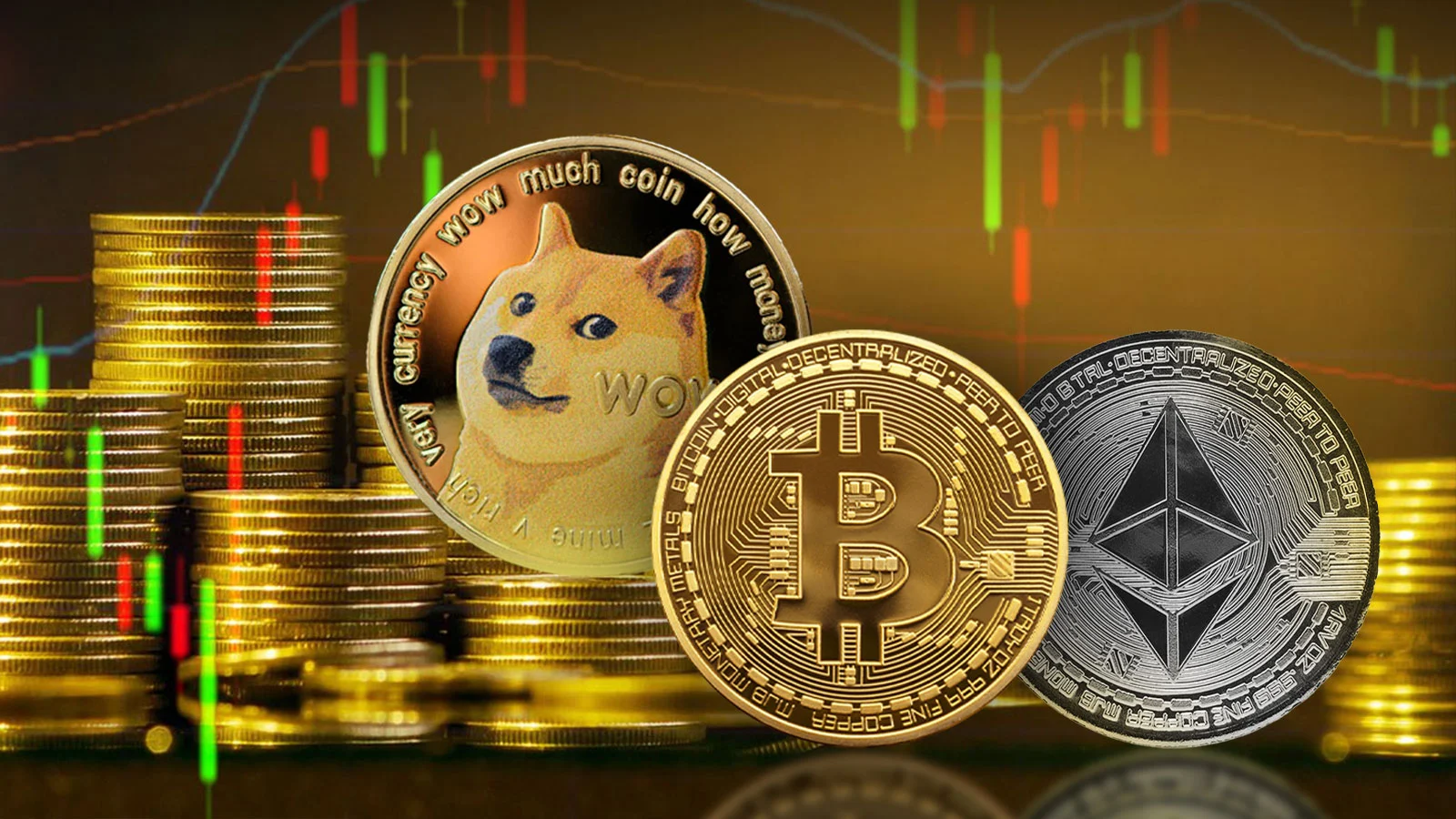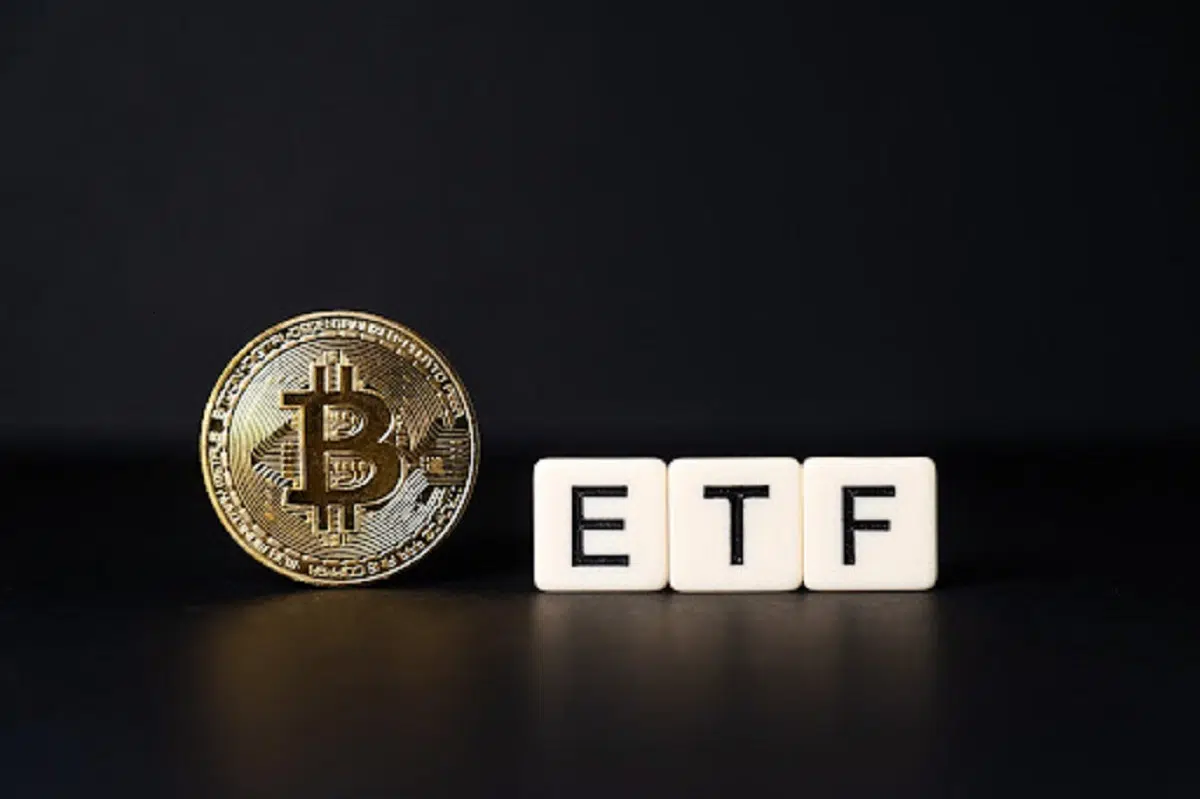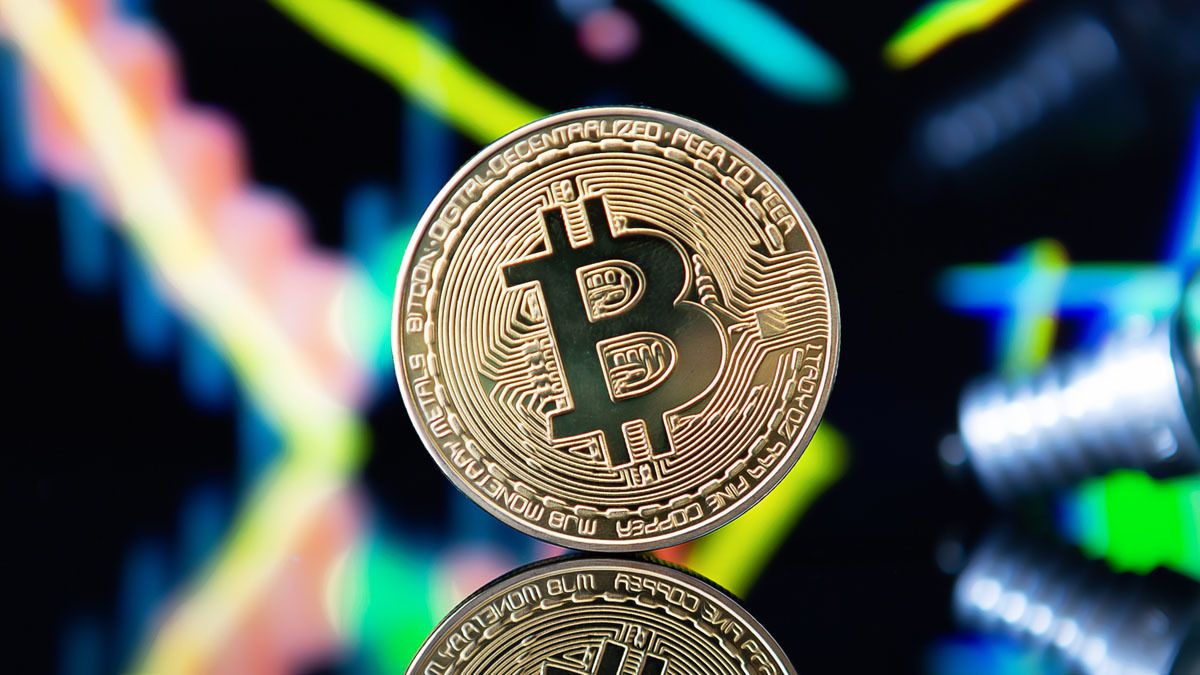In a recent analysis, Standard Chartered, a multinational banking giant, has suggested that the recent dip in Bitcoin’s price below the $60,000 mark presents a lucrative buying opportunity for investors. This comes amidst a period of heightened geopolitical tensions and uncertainty in the global financial markets. While Bitcoin and the broader cryptocurrency market have experienced a downturn, Standard Chartered’s analysts believe this volatility should not deter long-term investors.
Geoff Kendrick, the Global Head of Digital Assets Research at Standard Chartered, argues that Bitcoin, while not a traditional safe-haven asset, offers a hedge against instability within the traditional finance (TradFi) system. This includes concerns surrounding bank collapses, de-dollarization, and the sustainability of U.S. Treasury issues. Kendrick’s analysis suggests that the current dip is driven by escalating geopolitical risks, particularly those stemming from the Middle East, but emphasizes that this presents a strategic entry point for investors.
Why is Standard Chartered Advocating for Buying the Dip?
Standard Chartered’s bullish stance on Bitcoin amidst the current market downturn is based on several key factors:
- Increased Activity in Bitcoin Options Markets: A surge in open interest for call options, particularly those with an $80,000 strike price expiring in December, indicates growing confidence in Bitcoin’s potential for a significant rebound. This suggests that experienced traders are anticipating a substantial price increase in the coming months.
- “Circularity” Effect Involving U.S. Presidential Odds: The bank’s analysis points to a correlation between Bitcoin’s price and the perceived odds of Donald Trump winning the upcoming U.S. presidential election. Trump’s previously expressed pro-crypto stance has led to speculation that his potential return to the White House could create a more favorable regulatory environment for cryptocurrencies, thereby boosting Bitcoin’s value.
- Bitcoin’s Historical Price Resilience: Bitcoin has historically demonstrated a remarkable ability to recover from price dips and reach new all-time highs. This resilience is often attributed to its decentralized nature, limited supply, and growing adoption as a store of value and means of exchange.
Bitcoin as a Hedge Against TradFi Instability
Standard Chartered’s perspective challenges the conventional view of Bitcoin as a safe haven asset in times of geopolitical turmoil. Instead, they propose that Bitcoin’s true value lies in its ability to hedge against risks inherent within the traditional financial system.
Here’s why:
- Decentralization: Unlike fiat currencies controlled by central banks, Bitcoin operates on a decentralized network, making it resistant to government manipulation and inflationary pressures.
- Limited Supply: With a fixed supply of 21 million coins, Bitcoin is inherently deflationary, protecting its value against the erosion that can affect fiat currencies.
- Growing Institutional Adoption: Increasing acceptance of Bitcoin by institutional investors and major corporations lends credibility to its long-term viability as a legitimate asset class.
Navigating the Volatility: A Word of Caution
While Standard Chartered’s analysis presents a compelling case for buying Bitcoin during this dip, it’s crucial to acknowledge the inherent volatility of the cryptocurrency market.
Here are some points to consider:
- Risk Tolerance: Investing in cryptocurrencies carries a significant level of risk. It’s essential to assess your own risk tolerance and invest only what you can afford to lose.
- Due Diligence: Thoroughly research and understand the factors that influence Bitcoin’s price before making any investment decisions.
- Long-Term Perspective: Avoid making impulsive decisions based on short-term price fluctuations. Adopt a long-term investment strategy to ride out market volatility.
Predicting the future of Bitcoin is inherently challenging. However, several factors suggest a positive outlook:
- Growing Global Adoption: The increasing acceptance of Bitcoin in countries around the world is driving demand and supporting its price.
- Technological Advancements: Ongoing developments in the Bitcoin ecosystem, such as the Lightning Network, are enhancing its scalability and usability, paving the way for wider adoption.
- Inflationary Concerns: Persistent inflationary pressures in the global economy are driving investors towards alternative assets like Bitcoin, which is perceived as a hedge against inflation.
While the recent dip below $60,000 may seem daunting, Standard Chartered’s analysis provides a compelling argument for viewing this as a buying opportunity. By understanding the underlying factors driving Bitcoin’s price and adopting a long-term perspective, investors can potentially capitalize on this period of market volatility.
